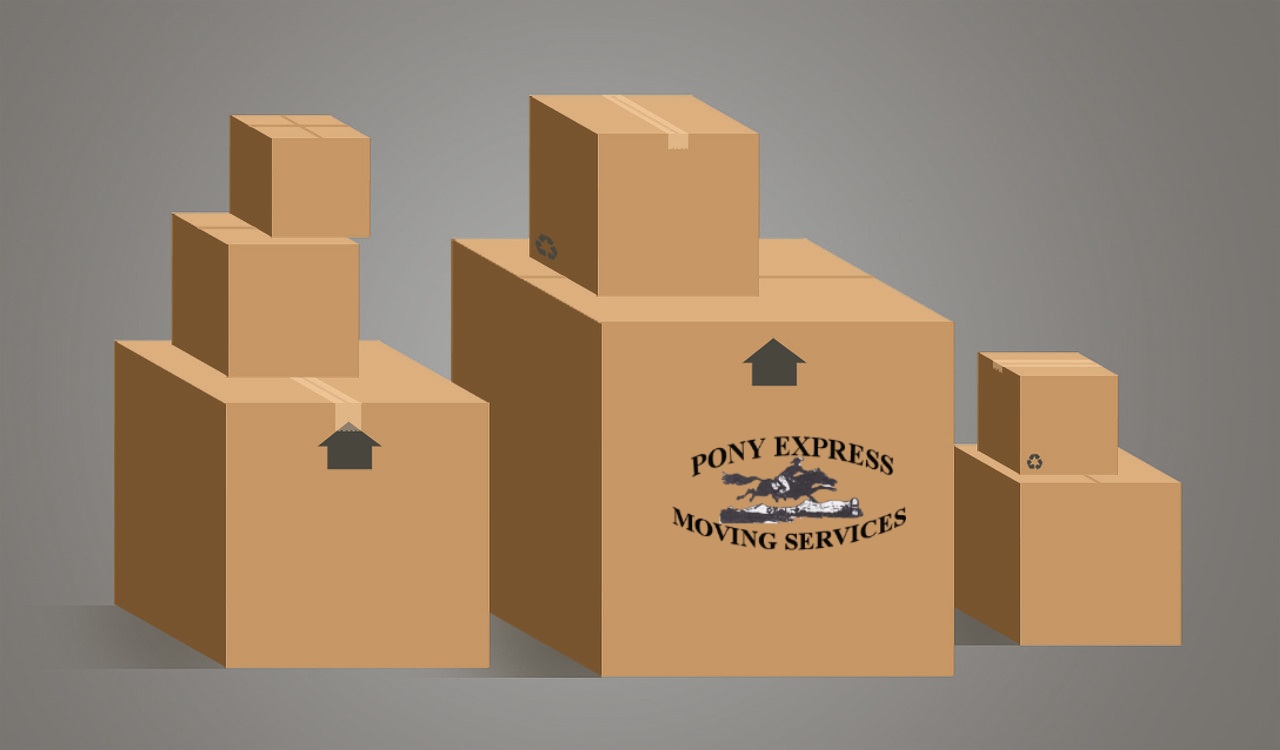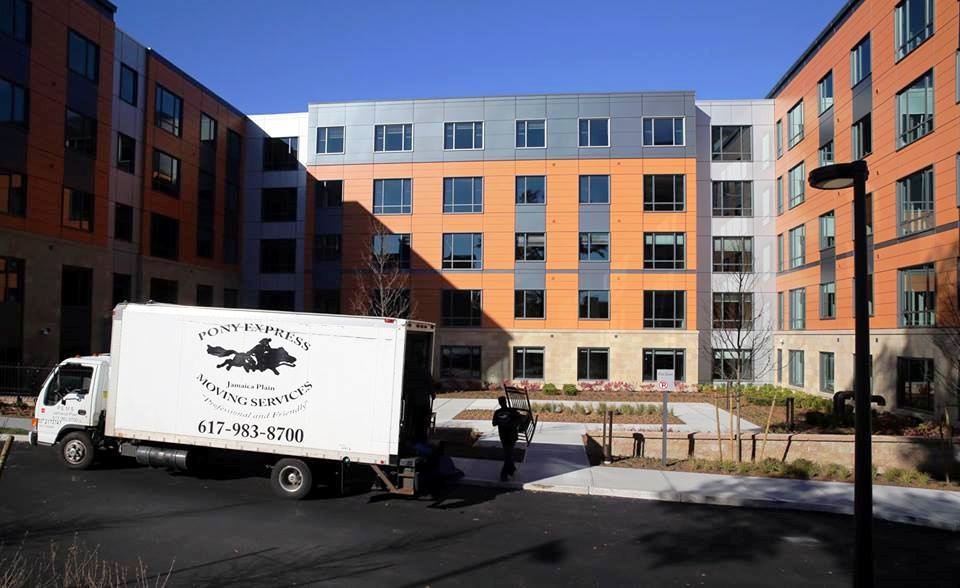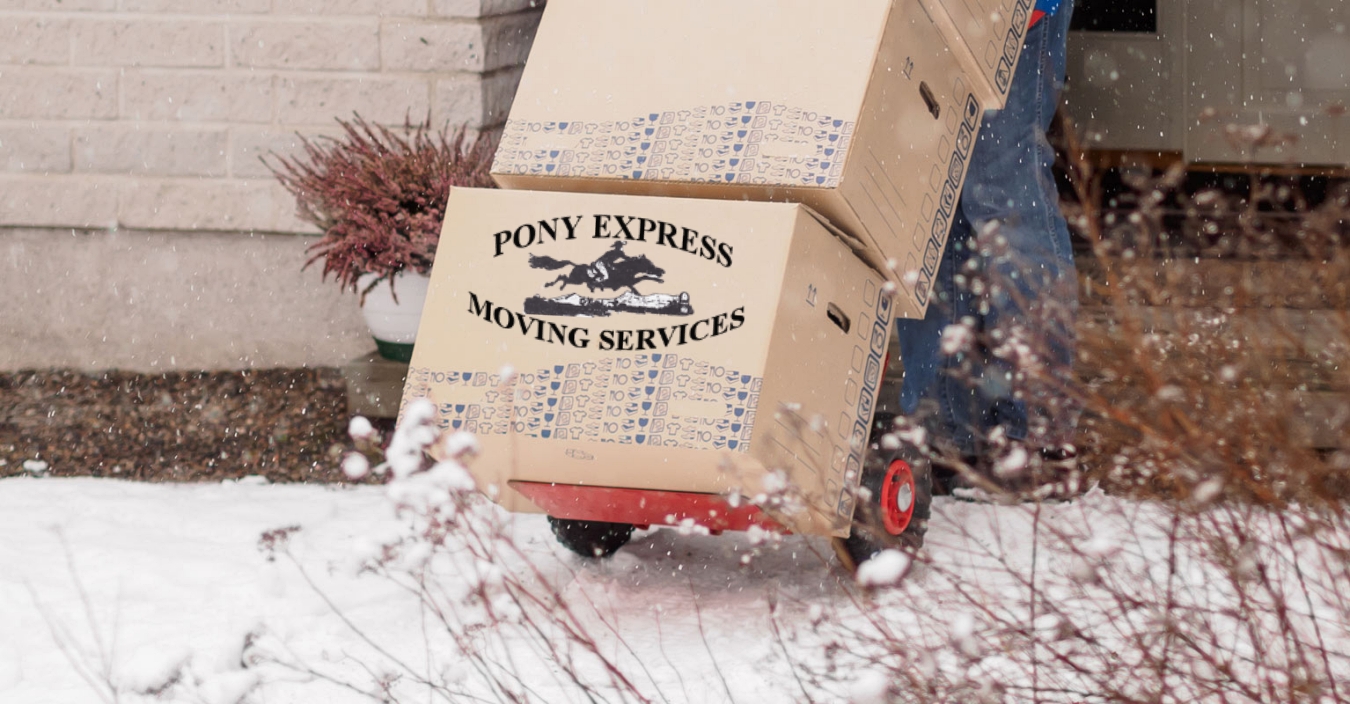 Just when you thought the trickiest parts of making the transition from high school to college were over (testing, applications, interviews) the reality of packing up your life and moving to college is quickly sinking in. While moving might seem fun and exciting at first, you’ll soon realize that the preparation for college dorm life can be a challenge. With these helpful tips, college moving might be the easiest thing you’ll do all year.
Just when you thought the trickiest parts of making the transition from high school to college were over (testing, applications, interviews) the reality of packing up your life and moving to college is quickly sinking in. While moving might seem fun and exciting at first, you’ll soon realize that the preparation for college dorm life can be a challenge. With these helpful tips, college moving might be the easiest thing you’ll do all year.
Sort it out
Before you start packing, organize all your belongings and separate the items you want to leave home. Remember that college dorm rooms are usually cramped, so only pack essentials. If you find a bunch of items you want to get rid of, relegate them to donation boxes or have a yard sale.
Scope your space
Unless you hit the jackpot and scored a dorm in a new building, most college dorms are far from new construction. That means air conditioning is unlikely, so pack a personal desk fan. If you’re moving into a house or apartment, check for damage from previous tenants and alert your landlord. That way, you won’t get charged for someone else’s carelessness.
Get services in order
Whether you’re living in a dormitory or an apartment, make sure you set up cable, phone, Internet and electric before move-in day. You don’t want to be stranded in your new space without these essentials!
Avoid college moving rush hour
If you’re able to, try to move into your new space during midweek instead of the weekend when everyone else will be moving in. This will make hauling boxes and furniture much easier.
Condense
The goal is to make the least amount of trips as possible, so pack smaller items into larger ones if you can, just like Russian nesting dolls. Get a hold of handbags, beach bags, or backpacks to stuff with small stuff, then place in larger containers like boxes.
 Be resourceful
Be resourceful
The last thing you want is to pack away your fragile belongings only to find them broken or damaged upon move-in day. Save yourself the cost of packing materials and use old newspapers, plastic grocery bags, dish towels, and old t-shirts to protect items like dishes, glassware and your computer.
Resist shopping right away
Of course the first thing you’ll want to do is to hit the stores and stock up on necessities before you move into your dorm or apartment, but it’s best to wait. Often, you’ll end up buying things you won’t need. Hold off and make the shopping trip with roommates so you can split costs and get a better grasp of which items are actually needed.
Make it a family affair
This applies to friends, too. Moving in by yourself is dreadful, so enlist the help of family and pals to help you move furniture, heavy boxes and other bulky items. It will make the day go by quicker and much, much easier. Since no one likes moving, bribe helpers with a free pizza dinner afterwards to sweeten the deal.
Watch the thermometer
Even though it’s the start of a new school year, midday temperatures in late summer are still brutal, so pack items that won’t hold up in the heat in boxes that will be unloaded first. Things like candles, aerosol sprays and certain electronics can melt, explode or suffer damage if left in high temperatures for too long.
Ask for discounts
You’re already paying an arm and a leg for tuition, so don’t be bashful about asking for student discounts. Places like grocery stores, restaurants and moving companies commonly offer student discounts, so get your student I.D. ready and save money where you can.
Decorate last
While hanging posters, pictures and other decorations might the first thing you want to do once you’re moved in, start bigger and work your way down to the small items. Things like beds, couches and television stands should all be in place before the fun stuff goes on shelves or walls. Having the big items correctly placed allows for a proper flow and will help make your new small space feel like home in no time.
Develop a plan
Since having an effective layout in a small space is so important, it would be smart to draw up a floor plan of your dorm or apartment to figure out the best way that furniture should be arranged.
 De-clutter so you can pack less.
De-clutter so you can pack less. Moving is considered one of the most stressful events we go through in our lives — and for good reason: you’re uprooting your life, saying goodbye to friends, and starting over in an unfamiliar place. It can be a challenge to know how to cope with the stress of moving to a new home.
Moving is considered one of the most stressful events we go through in our lives — and for good reason: you’re uprooting your life, saying goodbye to friends, and starting over in an unfamiliar place. It can be a challenge to know how to cope with the stress of moving to a new home. Relocating in the Time of Coronavirus
Relocating in the Time of Coronavirus To our valued customers:
To our valued customers:
 There are a few predicaments all book lovers can relate to.
There are a few predicaments all book lovers can relate to. If moving in winter doesn’t sound exciting to you, we can’t blame you. Moving in winter is not such a horrible idea. There are positive sides to it. Because most companies have winter rates and summer rates, you can benefit from these discounts! Most people move in the summer, so you will find quite a few discounts available during the cold months. When you schedule a winter
If moving in winter doesn’t sound exciting to you, we can’t blame you. Moving in winter is not such a horrible idea. There are positive sides to it. Because most companies have winter rates and summer rates, you can benefit from these discounts! Most people move in the summer, so you will find quite a few discounts available during the cold months. When you schedule a winter  While others eagerly unpack last year’s ornaments, you’re stuck with the less than holly jolly task of packing up your festive decor. Whether relocating across the country or next door, moving during the holidays is no easy task. Besides all of the seasonal distractions, you’ll now have to deal with planning a relocation as well.
While others eagerly unpack last year’s ornaments, you’re stuck with the less than holly jolly task of packing up your festive decor. Whether relocating across the country or next door, moving during the holidays is no easy task. Besides all of the seasonal distractions, you’ll now have to deal with planning a relocation as well. From hiring movers and renting a truck to packing boxes and decluttering closets, it’s easy for your moving date selection to fall to the bottom of your relocation priorities. Just remember, though, this one little detail can make an enormous difference when it comes to the ease of your move and the size of your bank account. Over the course of our own multiple relocations, we’ve learned (sometimes the hard way) that when you move is just as important as how you move. So in the spirit of learning from mistakes, here are the absolute best times to plan your next move in terms of convenience and costs.
From hiring movers and renting a truck to packing boxes and decluttering closets, it’s easy for your moving date selection to fall to the bottom of your relocation priorities. Just remember, though, this one little detail can make an enormous difference when it comes to the ease of your move and the size of your bank account. Over the course of our own multiple relocations, we’ve learned (sometimes the hard way) that when you move is just as important as how you move. So in the spirit of learning from mistakes, here are the absolute best times to plan your next move in terms of convenience and costs.

